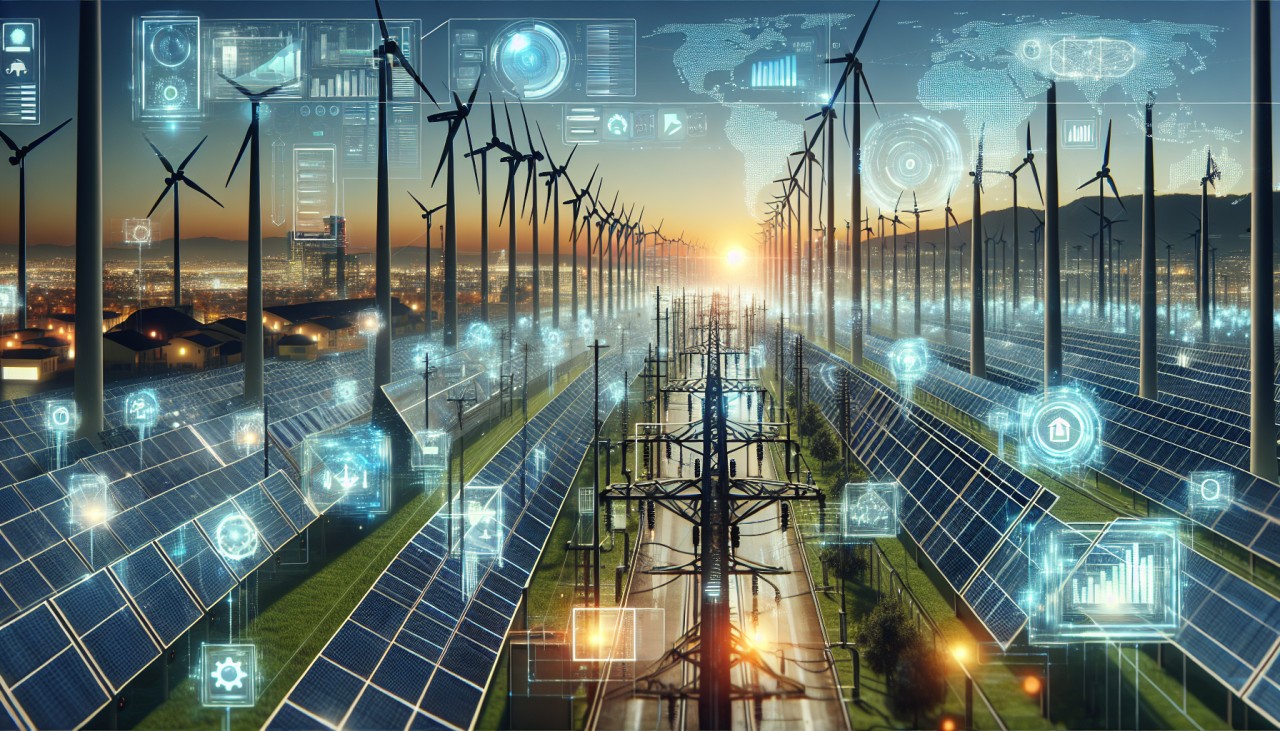


Smart grids are transforming the energy landscape by incorporating digital technologies, sensors, and software to optimize electricity distribution. Unlike traditional grids, smart grids can monitor and manage energy flow in real-time, balancing supply and demand more effectively. This capability is particularly crucial as the world shifts towards renewable energy sources like wind and solar, which are variable and require dynamic grid management. By enabling two-way communication between consumers and utility companies, smart grids facilitate better demand response and energy management. For instance, advanced metering infrastructure (AMI) allows for real-time monitoring of energy consumption, empowering consumers to make informed decisions and potentially reduce their energy bills. Additionally, smart grids support the integration of distributed energy resources (DERs), such as rooftop solar panels and home batteries, enabling a more decentralized and resilient energy system. This decentralization not only enhances grid stability but also promotes energy independence and sustainability.
The future of smart grids lies in the integration of emerging technologies like artificial intelligence (AI), the Internet of Things (IoT), and blockchain. AI and machine learning algorithms can analyze vast amounts of data from connected devices to predict energy demand, detect faults, and automate system responses, leading to improved grid reliability and efficiency. IoT devices, including smart meters and sensors, provide real-time data on energy consumption and grid health, facilitating proactive maintenance and rapid fault detection. Blockchain technology offers secure and transparent platforms for energy trading, enabling peer-to-peer transactions and enhancing trust among stakeholders. These innovations collectively contribute to a more resilient, efficient, and sustainable energy infrastructure, aligning with global efforts to decarbonize and modernize power systems. As these technologies continue to evolve, smart grids are poised to play a pivotal role in shaping the future of energy distribution.